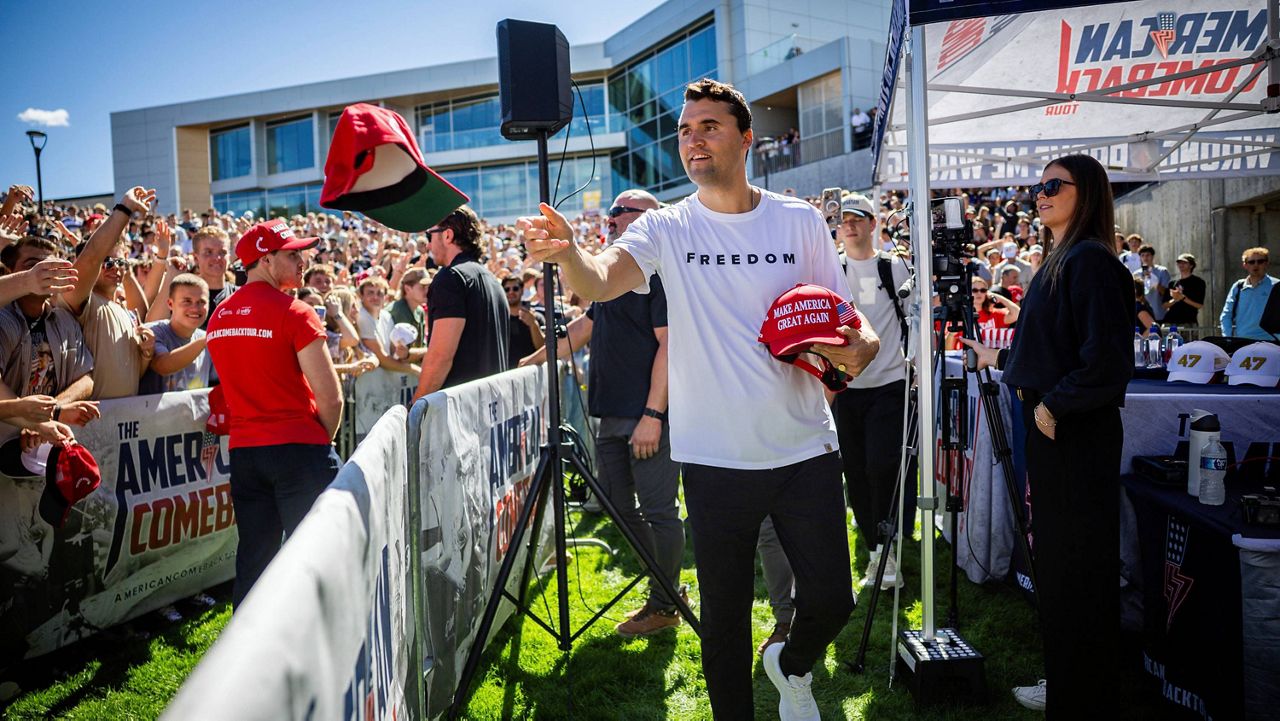
Bill Gates, co-founder of Microsoft, has unveiled a groundbreaking plan to dedicate nearly his entire fortune to philanthropic causes over the next two decades. This ambitious endeavor aims to significantly impact global health initiatives and poverty reduction programs, marking a new chapter in his already extensive philanthropic career. As the Gates Foundation commemorates its 25th anniversary, Gates himself reflects on an era of unprecedented progress while also acknowledging the formidable challenges that lie ahead.
The foundation’s strategy centers on tackling some of the world’s most pressing issues, strategically allocating resources to drive meaningful change and improve the lives of millions. With a long-term commitment to sustained support for ongoing projects and the development of new initiatives, the Gates Foundation is poised to accelerate its work over the next 20 years. Their steadfast focus remains on reducing child mortality, eradicating or eliminating infectious diseases, and lifting millions more people out of poverty and onto a path to prosperity, all while placing a profound bet on human ingenuity.
This in-depth exploration delves into the core pillars of Bill Gates’ current philanthropic focus, examining the foundational partnerships, strategic initiatives, and innovative approaches that underpin his vision for a better world. From combating infectious diseases to fostering sustainable community development, the insights shared by Gates himself illuminate the profound impact and strategic direction of these monumental efforts. We explore how his foundation, a pivotal vehicle for change, continues to shape global health and development landscapes.
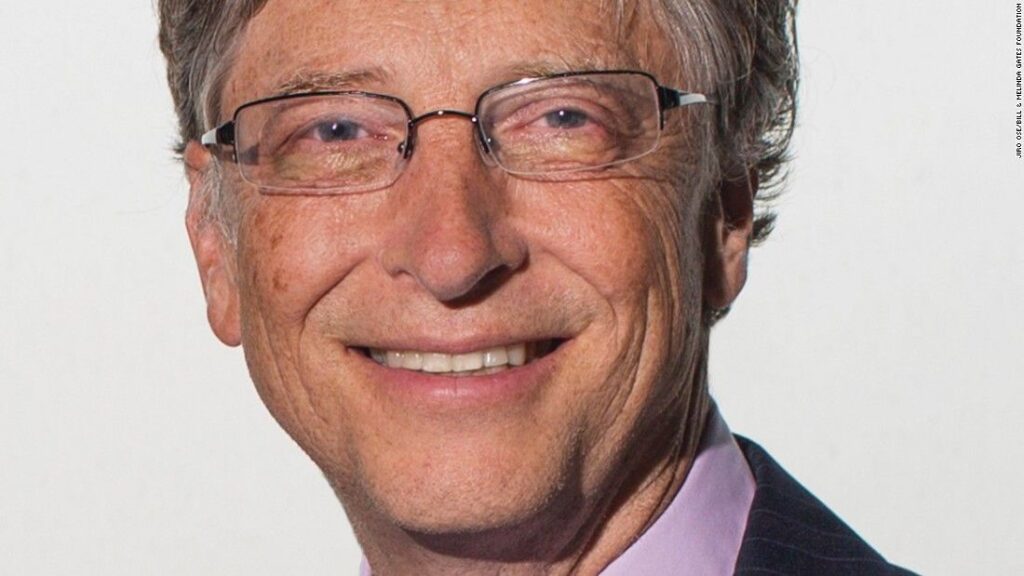
1. **The Gates Foundation’s Foundational Partnership with The Global Fund**Bill Gates and his foundation have cemented a vital role as a key partner of the Global Fund, an organization dedicated to financing, governance, and advocacy in the fight against AIDS, Tuberculosis, and Malaria. This collaboration extends beyond mere financial contributions, encompassing active participation on the Global Fund’s board and committees. The Gates Foundation also lends its substantial support to the Global Fund’s advocacy, communications, and fundraising endeavors, underscoring a deep, multifaceted commitment to global health.
To date, the Gates Foundation has contributed a staggering US$3.91 billion to the Global Fund, demonstrating a sustained and significant investment in its mission. Their most recent commitment includes a pledge of US$927 million for the Global Fund’s Seventh Replenishment, covering the 2023-2025 period. Furthermore, the Gates Foundation pledged US$912 million for the Eighth Replenishment, which is structured with a core pledge and additional program-specific pledges for initiatives where they co-invest alongside the Global Fund, showcasing a flexible and targeted approach to funding.
The foundation’s influence also extends to supporting the broader ecosystem surrounding the Global Fund. It has funded many of the “Friends of the Global Fund” organizations, as well as advocacy partners in both developing and developed countries. This strategic backing has been instrumental in the development and launch of key initiatives such as Debt2Health and (PRODUCT)RED. Moreover, the foundation has specifically funded special initiatives within the health supply chain that are directly related to the Global Fund’s operations, reinforcing logistical capabilities critical to its success.
Bill Gates, serving as the Gates Foundation Chair, articulates the profound significance of this partnership, stating, “The Global Fund will go down in history as one of humanity’s biggest achievements. It’s also one of the kindest things people have ever done for each other.” He further emphasizes its efficacy, noting, “The Global Fund’s track record proves it is an excellent investment for our global health dollars. Its work is critical to achieving the goal of ending AIDS, TB and malaria, and making our world a more equitable place for people everywhere.” This perspective underscores not just the financial commitment but also the deep philosophical alignment with the Global Fund’s humanitarian mission.
Read more about: Who Runs the World? Get to Know the 15 Most Famous Celebrities of 2025!
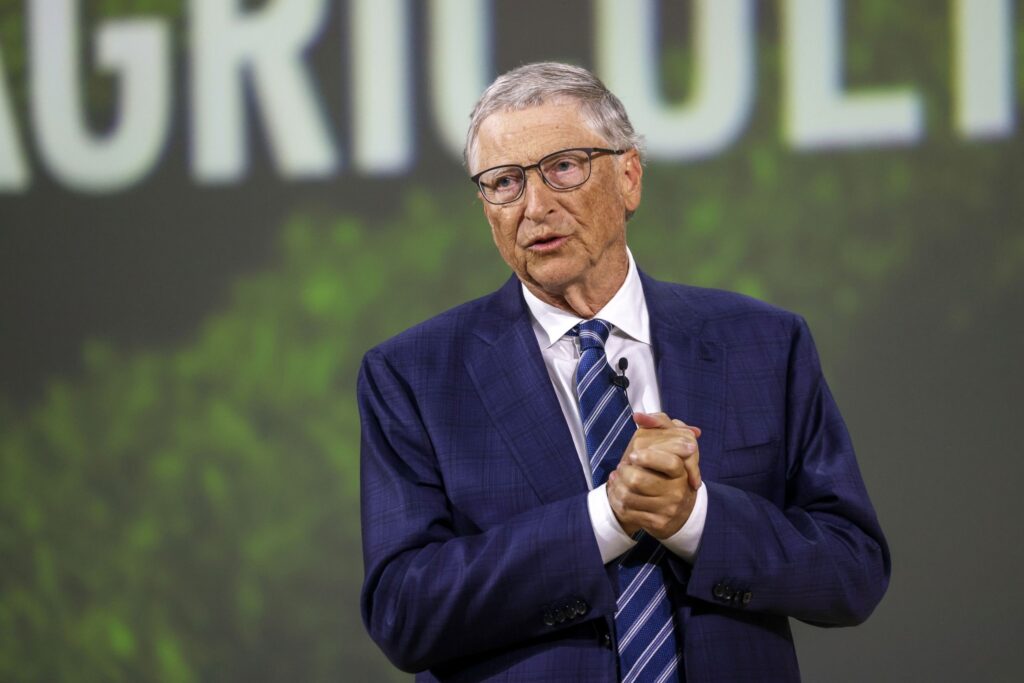
2. **The Triumph of Global Polio Eradication Initiative**The Global Polio Eradication Initiative stands as a testament to the power of collective global effort, a program of which Bill Gates expresses profound pride. While acknowledging recent upticks in wild poliovirus case counts in 2024, Gates remains steadfastly optimistic that the global polio program will end polio for good. His confidence is rooted in the ongoing innovation, the dedication of frontline workers, and the unwavering global commitment driving this critical effort.
Significant progress has already been achieved, with the Global Polio Eradication Initiative having eliminated wild poliovirus in almost every country worldwide. This monumental achievement has led to a reduction in the number of polio cases by over 99 percent, a truly remarkable feat that highlights the initiative’s effectiveness. Despite the recent challenges, Gates emphasizes that the broader progress should not be overlooked, affirming that eradication is still very much possible with continued commitment and collaboration.
A key factor in this optimism is the development and deployment of next-generation polio vaccines, specifically nOPV2. This innovative vaccine is playing a crucial role in stopping outbreaks and protecting children in under-immunized communities from paralysis. By July 2025, over 1.6 billion doses of nOPV2 had been administered, a staggering number that speaks to the scale of protection offered against this devastating disease. The program now boasts enough supply of this new vaccine to protect children wherever the virus emerges, marking a significant advancement in the eradication toolkit.
In the two countries where wild polio remains endemic—Afghanistan and Pakistan—the program is engaged in close collaboration with local authorities. This includes tackling obstacles, improving cross-border coordination, and strengthening community trust to ensure all children receive necessary vaccinations. The polio program has a long history of adapting to complex settings, working closely with governments and communities to protect routine immunization progress and maintain a laser-focus on eradication, even amid political and economic volatility.
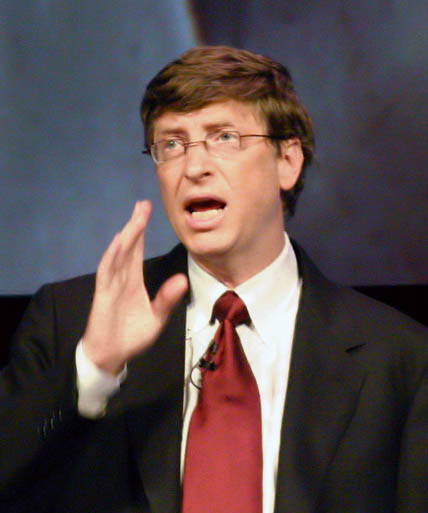
3. **Gavi, The Vaccine Alliance: Scaling Lifesaving Immunization**Gavi, the Vaccine Alliance, represents another cornerstone of the Gates Foundation’s philanthropic strategy, recognized by Bill Gates as a partnership that has profoundly contributed to saving lives. Alongside initiatives like the Global Polio Eradication Initiative and the Global Fund, Gavi has been instrumental in dramatically lowering the price of lifesaving healthcare innovations, particularly vaccines. This strategic alliance has transformed access to critical immunizations for children worldwide, fundamentally altering the trajectory of global child health.
The impact of these collaborations, including Gavi’s pivotal role, is described by Gates as “mind-blowing.” Collectively, these programs have reached an astonishing 1.1 billion children with lifesaving vaccines. This monumental effort has contributed significantly to cutting global child mortality in half and is credited with saving more than 80 million lives. Such achievements underscore Gavi’s effectiveness in delivering widespread health benefits and its crucial contribution to improving human welfare on a massive scale.
Gavi’s work is not only about administering existing vaccines but also supporting the introduction of new, innovative solutions. A prime example is the hexavalent vaccine, which combines protection for children into a single shot against six diseases: diphtheria, pertussis, tetanus, Haemophilus influenzae type B, hepatitis B, and polio. This innovation simplifies immunization schedules and strengthens early protection for children, especially in regions with limited healthcare resources.
In July, Senegal and Mauritania became the first countries to introduce this hexavalent vaccine with direct support from Gavi, the Vaccine Alliance. This demonstrates Gavi’s active role in translating cutting-edge research and development into tangible health interventions on the ground. By collaborating with partners and supporting the rollout of advanced vaccines, Gavi continues to empower frontline healthcare workers with better tools, ensuring every child can be reached and protected against a spectrum of life-threatening diseases.
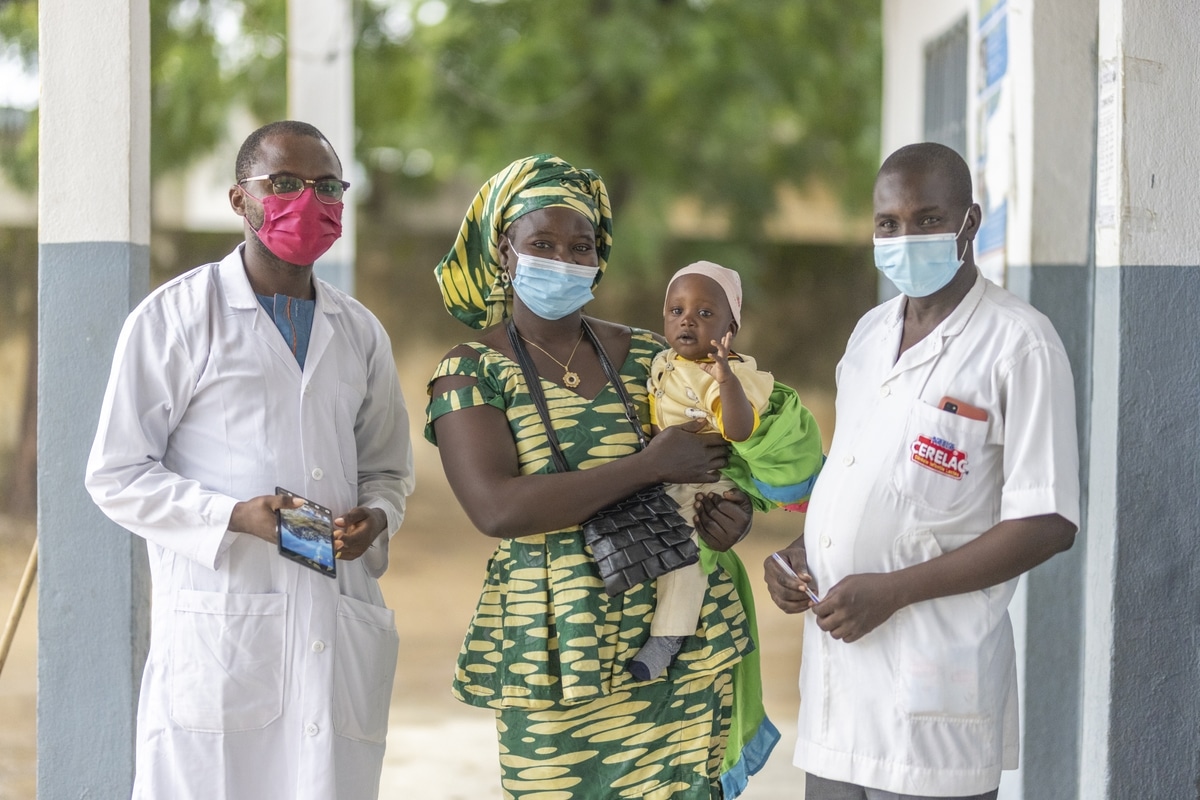
4. **Strategic Focus on Reducing Child Mortality**A paramount objective within Bill Gates’ philanthropic strategy is the significant reduction of child mortality, a goal that sits at the core of the Gates Foundation’s mission. Gates has consistently highlighted the foundation’s commitment to this area, emphasizing that it is one of the three core areas where they can achieve the most impact. This unwavering focus is driven by the stark reality that, despite considerable progress, the lives of millions of children remain at risk globally.
The foundation’s efforts have contributed to remarkable historical achievements. Thanks to global health programs and partnerships like Gavi, the Vaccine Alliance, the price of lifesaving healthcare innovations such as vaccines, treatments, bed nets, and diagnostics has dropped dramatically. This accessibility has been a critical factor in the success seen over the past 25 years, directly contributing to the significant reduction in global child mortality rates, effectively cutting them in half. These interventions have collectively saved over 80 million lives, a testament to the power of targeted investment.
However, Gates also acknowledges that the path forward is fraught with “the toughest headwinds in the history of our foundation.” He laments that recent cuts amounting to tens of billions of dollars in global development funding will have deadly consequences. Tragically, he anticipates that this will be the first year in the new millennium when the number of children dying around the world will increase instead of decrease, an outcome he describes as “an unthinkable tragedy.” This sobering forecast reinforces the urgency and criticality of the foundation’s continued dedication to this area.
In response to these dire predictions, the Gates Foundation is accelerating its work over the next two decades, steadfastly focused on reversing these trends. Their commitment to reducing child mortality remains a top priority, bolstered by a belief in human ingenuity—the scientists, health workers, educators, and farmers whose tireless work has already delivered dramatic gains. Gates’ message is clear: they will not give up on this fundamental goal, continuing to invest in solutions that ensure more children survive and thrive.
Read more about: 14 Wild Ways Cycling Is More Than Just a Ride (Plus, How You Can Join the Fun!)
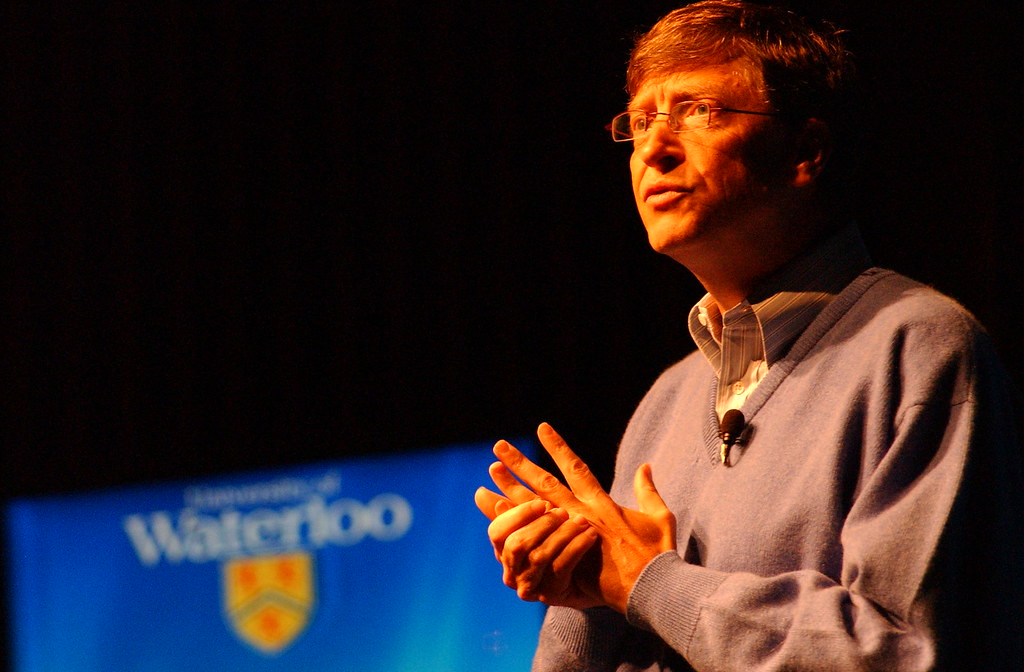
5. **Accelerating the Fight Against Infectious Diseases**The eradication or elimination of infectious diseases stands as another central pillar of Bill Gates’ philanthropic vision, an area where the Gates Foundation is intensifying its efforts. This commitment extends across a broad spectrum of diseases, building on the profound successes already witnessed in initiatives like the Global Polio Eradication Initiative and the Global Fund to Fight AIDS, Tuberculosis, and Malaria. The overarching goal is to achieve a world where these devastating illnesses no longer threaten human lives.
Over the past 25 years, the foundation has been a proud contributor to more progress than previously thought possible in this domain. Beyond polio, the foundation’s strategic investments through partnerships have directly impacted the fight against AIDS, TB, and malaria. For instance, the context highlights that over the past 25 years, 2.2 billion cases of malaria and 12.7 million deaths have been averted—a testament to innovation, generous aid, and political commitment, bringing malaria eradication into view for the first time.
Despite the headwinds of reduced global development funding and the anticipated rise in child mortality, the foundation remains “steadfastly focused” on eradicating or eliminating infectious diseases. This involves not only supporting existing programs but also investing in the research and development pipeline for next-generation tools. Gates points to innovations like genetically stable vaccines for future variant polioviruses and the hexavalent vaccine as examples of how sustained investment in innovation is critical to achieving these ambitious goals.
The foundation’s strategy involves providing critical support to frontline workers, including community health workers, who are pivotal in delivering better, more effective care. This approach is further bolstered by the potential of AI-powered tools, which could significantly reduce pressure on overburdened healthcare systems by aiding diagnosis and treatment. By combining innovative tools, dedicated human effort, and strategic resource allocation, the Gates Foundation aims to continue its accelerated fight against infectious diseases, making the world a safer place for everyone.
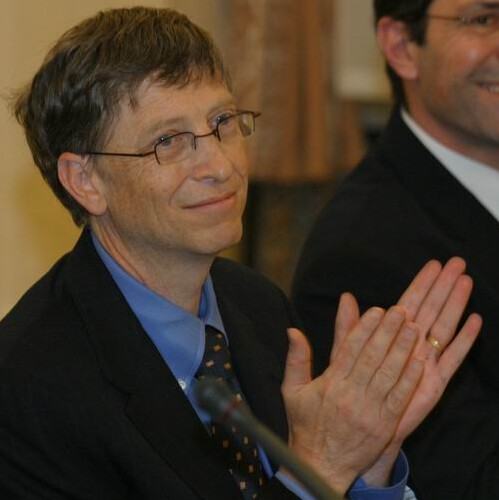
6. **Empowering Communities: Lifting Millions Out of Poverty**Beyond direct health interventions, a fundamental aspect of Bill Gates’ philanthropic strategy is the resolute commitment to lifting millions more people out of poverty and onto a path to prosperity. This objective is intertwined with the health initiatives, recognizing that poverty and poor health are often inextricably linked. The foundation’s approach is holistic, focusing on creating sustainable solutions that address the root causes of economic disparity.
The strategies for poverty reduction involve strategic investments across several key sectors: education, agriculture, and economic development programs. These initiatives are designed to empower individuals and communities, providing them with the tools and opportunities needed to improve their own lives. As stated in the provided context, investing in women’s education and empowerment, for instance, has been shown to have a multiplier effect on poverty reduction, highlighting a targeted approach within this broader strategy.
The foundation places a strong emphasis on fostering local capacity and ingenuity. It aims to support smallholder farmers by delivering tailored advice through innovations like AI, which can significantly increase agricultural production. In classrooms, AI-powered tools are also being leveraged to help teachers personalize lessons for students and improve learning outcomes, directly addressing educational disparities that often perpetuate cycles of poverty. This demonstrates a belief in empowering local actors with advanced tools.
Ultimately, the goal is to help communities build the capacity to take on the challenges they face, rather than managing problems in perpetuity. This vision for sustainable economic growth aims to create empowered communities where individuals can thrive. Through these multifaceted investments, the Gates Foundation seeks to build a foundation for healthier, more resilient communities that are better equipped to face multiple health and economic challenges, driving long-term positive change.
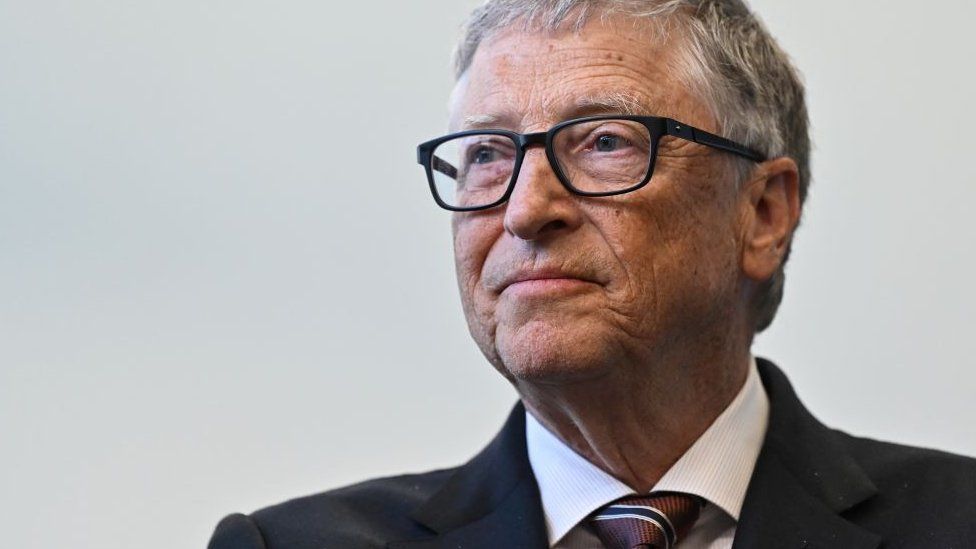
7. **Building Sustainable Capacity for Long-Term Impact**A defining principle of the Gates Foundation’s philanthropic model, articulated by Bill Gates himself, is the commitment to building sustainable capacity within communities. The overarching goal has always been to solve problems, not to manage them indefinitely. This philosophy underpins the foundation’s strategic direction for the next two decades, where empowering communities to take ownership of their challenges will be a central priority. This approach contrasts sharply with purely aid-dependent models, emphasizing self-sufficiency and long-term resilience.
This focus on sustainability means helping communities develop the internal strengths and infrastructure necessary to address their health and prosperity challenges independently. It’s about transferring knowledge, fostering local leadership, and strengthening local systems so that progress can endure beyond the foundation’s direct involvement. Gates expresses optimism that new innovations will continue to provide these communities with increasingly effective tools to invest in their own health and prosperity, making the goal of self-sustained development more achievable.
Gates explicitly states this as the foundation’s priority for the next 20 years, and he hopes it will also be the priority for the next generation of catalytic philanthropists. This vision speaks to a desire for a ripple effect, inspiring others to adopt a similar approach that prioritizes lasting impact over temporary fixes. The foundation’s “winding down” strategy over the next two decades is intrinsically linked to this principle, as it aims to leave behind self-sustaining systems rather than perpetual dependencies.
In his reflections, Gates notes that the past 25 years have been one of the greatest periods of human progress in history. Despite anticipating tough headwinds, he believes that by focusing on building capacity and leveraging innovation, the next 20 years can be even more transformative. This unwavering optimism for sustainable, community-driven progress underscores the foundation’s deep-seated belief in human potential and the enduring power of targeted, empowering philanthropy.
Read more about: Debunking the Stigma: Unveiling the Truth Behind 13 Pervasive Mental Health Myths
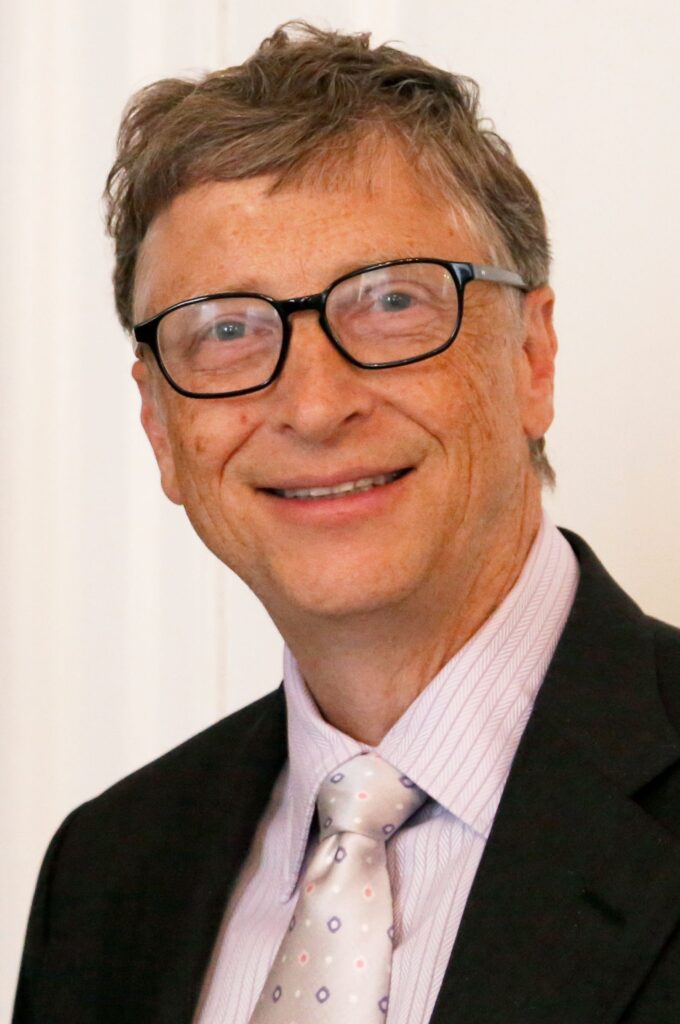
8. **The Enduring Partnership with Rotary International: A Force for Global Health**A critical component of Bill Gates’ philanthropic strategy involves cultivating powerful, long-standing alliances, and his partnership with Rotary International stands out as a prime example. Rotary’s pioneering spirit and unwavering dedication, having been the first organization to envision a world free from polio, profoundly influenced the global eradication effort for over four decades. This unparalleled capacity to mobilize global action is what initially drew the Gates Foundation to this vital collaboration.
As a founding partner of the Global Polio Eradication Initiative (GPEI), Rotary’s impact has been monumental, contributing to the vaccination of nearly 3 billion children across hundreds of countries since 1985. This immense undertaking reflects not only Rotarians’ significant financial contributions but also the countless volunteer hours they have selflessly dedicated. Beyond direct vaccine delivery, their robust advocacy efforts have been instrumental in securing billions more in funding from governments worldwide, illustrating the multifaceted nature of their contribution and extending their global network to deliver vaccines and engage communities even in the toughest, most remote settings.
The commitment to this vital collaboration is further cemented by the extension of the Gates Foundation’s 2-to-1 funding match with Rotary, aiming to mobilize up to $450 million in new funding over the next three years. These funds are meticulously targeted towards supporting vaccine delivery, strengthening outbreak response, fostering community engagement, and ensuring robust implementation of polio eradication programs. This continued investment is critical as rising wild polio cases and detections in previously polio-free areas serve as stark reminders that hard-won progress against this disease remains vulnerable.
Rotary’s work also extends to combating other diseases, notably malaria. The Rotary Healthy Communities Challenge, supported by the Gates Foundation with a $13 million donation and technical assistance, trains thousands of community health workers across several African nations. These local health workers, with their intimate community knowledge, are crucial for delivering next-generation tools and ultimately beating malaria in the toughest places, simultaneously building foundations for healthier, more resilient communities.
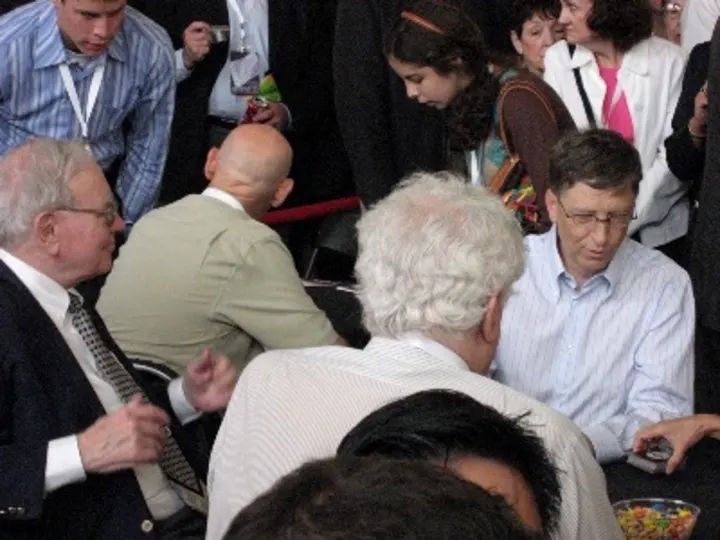
9. **The Future of Vaccine Innovation: Pioneering Next-Generation Tools**Sustained investment in vaccine innovation remains a cornerstone of the Gates Foundation’s strategy, crucial for both stopping current outbreaks and safeguarding future generations. While groundbreaking vaccines like nOPV2 have revolutionized immunization, the research and development pipeline continues to yield exciting prospects that promise to further enhance global health outcomes. This forward-looking approach ensures the fight against infectious diseases benefits from the most advanced scientific breakthroughs available.
One area of intense focus is the development of more genetically stable vaccines designed to protect against future variant polioviruses. The goal here is to enhance the precision and speed with which transmission can be stopped, offering a more robust and enduring shield for children worldwide. Beyond polio, the hexavalent vaccine stands as a powerful example of innovative thinking, simplifying immunization schedules by combining protection against six debilitating diseases into a single shot, including diphtheria, pertussis, tetanus, Haemophilus influenzae type B, hepatitis B, and polio.
Such innovations are particularly transformative in regions with limited healthcare resources, reducing the logistical burden on frontline workers and improving early protection for children. Senegal and Mauritania, for instance, became the first countries to introduce the hexavalent vaccine with direct support from Gavi, the Vaccine Alliance. This successful rollout demonstrates the foundation’s commitment to translating cutting-edge research into tangible, life-saving interventions on the ground, empowering healthcare workers with better, more integrated tools to ensure every child is reached and protected.

10. **Artificial Intelligence: A Force Multiplier for Global Development**Artificial Intelligence (AI) is emerging as a powerful and transformative tool, poised to fundamentally reshape global development efforts by addressing some of the world’s most intractable challenges. Bill Gates views AI not merely as a technological advancement but as a critical support system for frontline workers across diverse sectors, enabling them to reach people more efficiently and deliver more effective interventions. The strategic application of AI, particularly with a focus on equity and access, can act as a powerful force multiplier for progress.
In the realm of global health, AI-powered tools are set to significantly alleviate the immense pressure on overburdened healthcare systems. Imagine a nurse in a remote clinic using an AI tool to analyze a patient’s symptoms, identify high-risk cases, and provide accurate diagnoses along with tailored treatment suggestions. This real-time clinical support has the potential to dramatically enhance both diagnostic accuracy and access to quality care, effectively bridging long-standing gaps and bringing life-saving capabilities to communities that need them most.
The transformative potential of AI extends far beyond healthcare. In agriculture, AI is delivering highly customized advice to smallholder farmers to substantially increase production. Similarly, within classrooms, AI-powered tools are helping educators personalize lessons and significantly improve learning outcomes, addressing critical educational disparities. If deployed thoughtfully and ethically, with equity and access prioritized, AI can expand opportunities, actively reduce inequality, and ultimately improve the lives of millions globally, turning technological progress into tangible human progress.
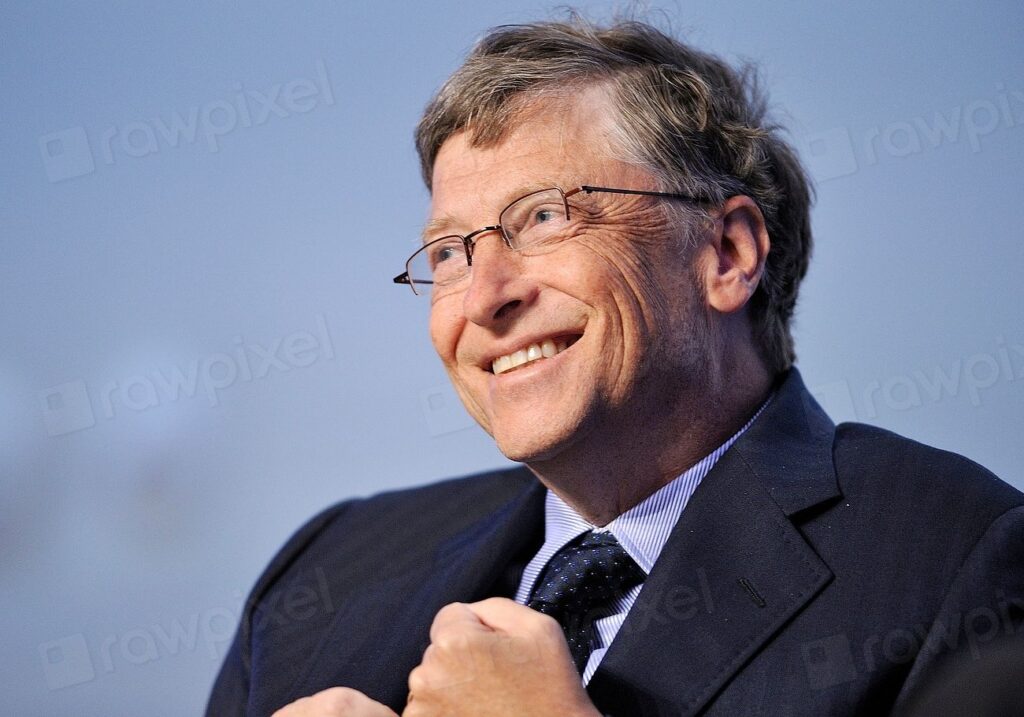
11. **Leveraging Data for Measurable Impact and Strategic Progress**In the complex landscape of global philanthropy, the strategic collection and rigorous analysis of quality, timely data are absolutely critical for driving impactful change. Bill Gates emphasizes that data forms the bedrock for everything from the development of advanced AI-backed tools to the efficient delivery of vaccines and effective advocacy campaigns. This deep commitment to data-driven decision-making ensures that resources are allocated effectively and interventions are precisely targeted where they can yield the greatest benefits.
Significant advancements in how researchers collect and analyze global health data have revolutionized understanding, providing unprecedented insights into the specific causes of child mortality, their geographical distribution, and factors making some children more vulnerable. By meticulously putting these insights to work, the foundation and its partners have achieved incredible progress, directly contributing to the remarkable reduction in child mortality and saving countless lives. This exemplifies how granular data can transform abstract goals into measurable, life-altering outcomes.
The evolution of better data collection has fundamentally reshaped how health challenges are understood, enabling more precise targeting of resources and accurate measurement of impact. Gates firmly believes that data remains one of the most powerful tools to drive future progress, guiding philanthropic efforts towards greater efficacy and accountability. Investing in data infrastructure and consistently improving data-gathering methodologies represents a smart, cost-effective way to amplify impact, empowering philanthropists to design more effective solutions for the world’s toughest health challenges.
Read more about: The Must-Have AI Tools for Small Business Owners in 2025: Your Blueprint for Unprecedented Growth
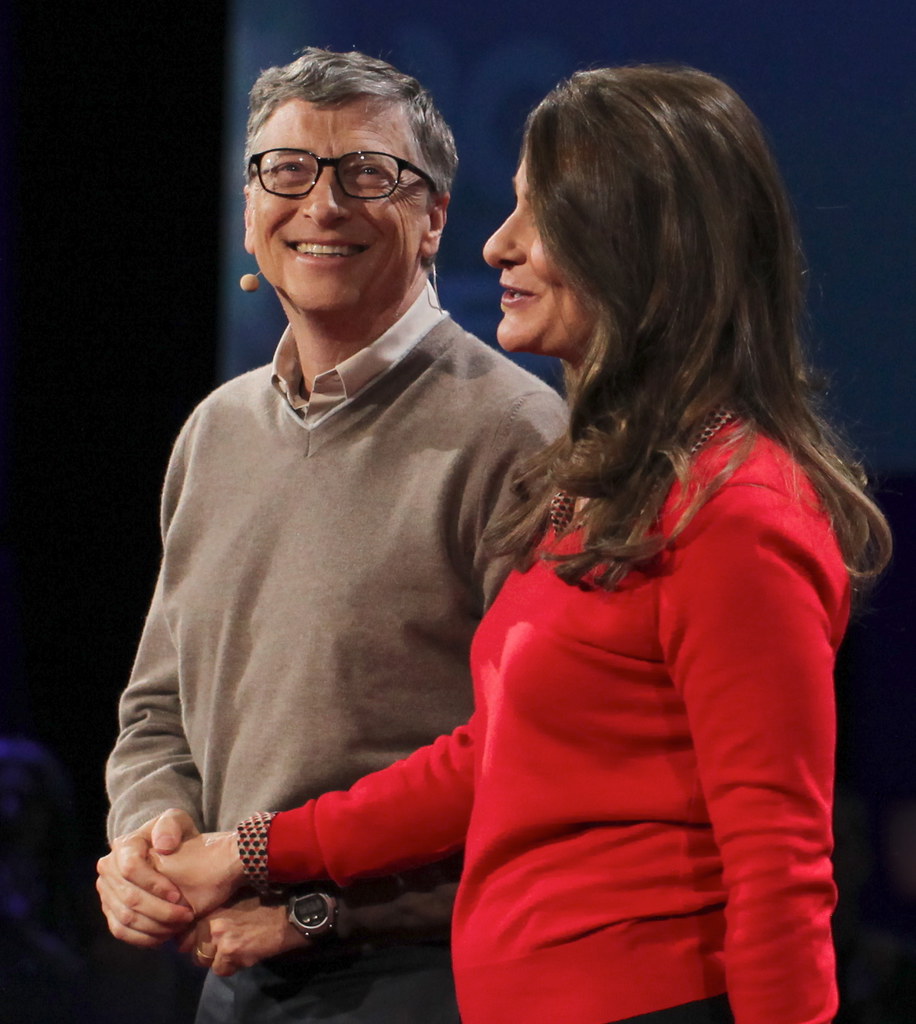
12. **Confronting Headwinds: Mobilizing Against Global Funding Cuts**Despite remarkable strides in global health and development, the philanthropic landscape faces unprecedented challenges, described by Bill Gates as “the toughest headwinds in the history of our foundation.” A severe concern is the alarming reduction in global development funding by countries, amounting to tens of billions of dollars. Gates warns these cuts will have devastating and deadly consequences, threatening to reverse decades of hard-won progress and potentially causing the first increase in child mortality in the new millennium—an “unthinkable tragedy.”
In response to this dire situation, the Gates Foundation is not only accelerating its own work but also issuing a powerful call to action for global advocates. Gates explicitly states the need for “people who are committed to progress—like Rotarians—to stand against these deadly cuts and help us get back on a path to progress.” This emphasizes the critical role of collective advocacy and sustained public and private commitment in safeguarding global health gains.
The foundation’s unwavering focus remains on solving urgent problems and saving lives, committed to reducing child mortality, eradicating infectious diseases, and lifting people out of poverty. Despite significant financial pressures and political instability, the foundation continues to adapt, prioritizing effective strategies and deploying resources where they will have the greatest impact. This proactive approach, coupled with a call for renewed global commitment, is essential to navigating these challenging times and preventing further reversals in human progress.
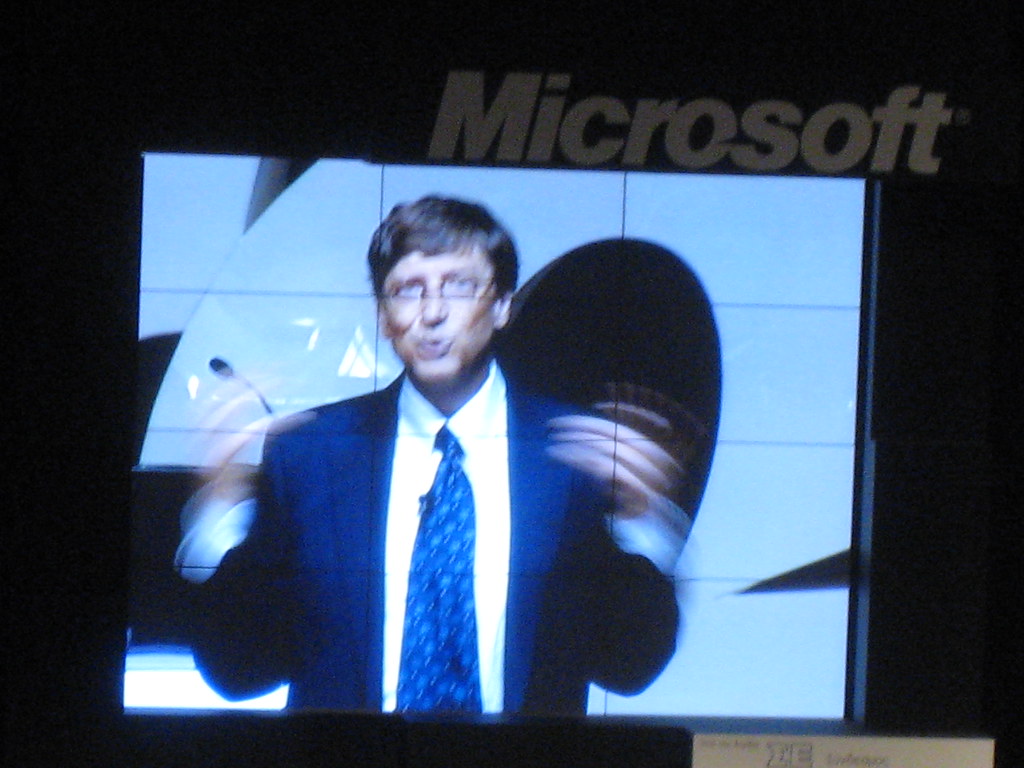
13. **Adapting Polio Eradication in Complex and Volatile Settings**The mission to eradicate polio, while achieving monumental success, frequently navigates some of the world’s most complex and politically volatile environments. The global polio program has an established history of remarkable adaptability, consistently devising innovative strategies to stop the virus even amidst severe political and economic instability. This flexibility is crucial, as the nature of challenges on the ground can shift rapidly, demanding agile and context-specific responses.
A compelling example of this adaptability comes from Pakistan, one of the two remaining wild polio endemic countries. In areas of the Khyber Pakhtunkhwa province where conflict intensified, the traditional approach of security forces accompanying vaccinators made families feel less safe and less willing to vaccinate. Recognizing this, the program strategically pivoted, empowering local influencers to ensure vaccinators’ safety without direct involvement from security forces. This community-centric approach has proven effective, reportedly reaching 80 percent of children in these challenging areas, underscoring the importance of building community trust and empowering local actors.
Despite widespread reductions in global aid, vaccine misinformation, and rising conflict, the polio program maintains its laser-focus on eradication. New donors are stepping in to help bridge funding gaps, complementing the foundation’s efforts to strategically deploy resources. The core principle remains to maximize the impact of every financial and human resource, ensuring the critical work of ending polio for good progresses, even when faced with significant external pressures and complex ground realities.
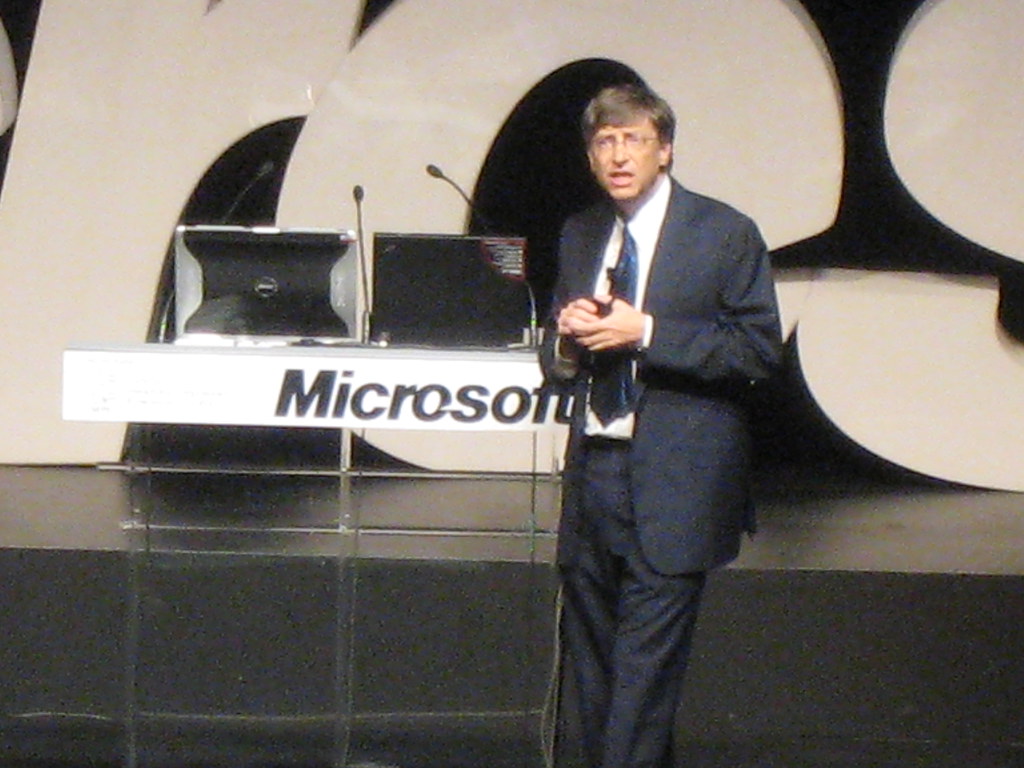
14. **The Indispensable Power of Relentless Collaboration: A Foundational Lesson**If there is one overriding lesson Bill Gates has gleaned from his extensive work in polio eradication, it is the indispensable power of relentless collaboration. Success in tackling global health challenges is rarely achieved in isolation; it demands a harmonious and sustained effort from a diverse array of stakeholders, including polio workers, government officials, international partners, and critical organizations like Rotary. This foundational principle underscores the interwoven nature of progress, where each partner brings unique strengths and resources to the table, making ambitious eradication goals achievable.
This collaborative ethos is particularly vital for reaching children with life-saving vaccines, even in the world’s most remote and hardest-to-access regions. Gates emphasizes that without such concerted efforts, the ambitious goals of eradication would simply remain out of reach. A recent outbreak of variant poliovirus in Madagascar served as a vivid demonstration of this power, where the government, community partners, and international organizations like UNICEF and the World Health Organization united. This integrated approach successfully halted the spread by collectively protecting children in distant and isolated regions.
The lesson from Madagascar is clear: ending polio for good, and indeed overcoming many global health challenges, will necessitate more of this unwavering collaboration whenever and wherever diseases emerge. Rotary members, in their crucial roles as global advocates and civic leaders, are particularly vital in ensuring that polio eradication—and broader philanthropic objectives—remain a top global priority. Their ability to mobilize communities and influence policy amplifies the collective impact, driving the world closer to a future where all children are safe from this devastating disease.
**The Enduring Horizon of Philanthropy: A Bet on Human Ingenuity**
As Bill Gates embarks on the final two decades of his foundational philanthropic endeavor, his vision extends far beyond merely allocating funds; it’s a profound bet on human ingenuity itself. The journey from a world grappling with preventable diseases and pervasive poverty to one marked by equitable progress is arduous, fraught with unforeseen challenges and persistent headwinds. Yet, the narrative crafted through the Gates Foundation’s strategic partnerships—with the Global Fund, Gavi, and Rotary International—and its relentless pursuit of innovative solutions in vaccines, AI, and data-driven impact, paints a compelling picture of what’s possible when dedication meets strategic investment. The commitment to building sustainable capacity within communities ensures that these efforts are not fleeting but create lasting frameworks for self-sufficiency. As the foundation looks towards its winding down, its legacy will not just be measured in billions spent or lives saved, but in the enduring spirit of collaboration, the relentless push for innovation, and the empowered communities left equipped to chart their own course toward a healthier, more prosperous future. This is a call to action for all—a reminder that collective resolve, informed by data and fueled by a belief in humanity’s potential, can truly shape a better world for generations to come.



